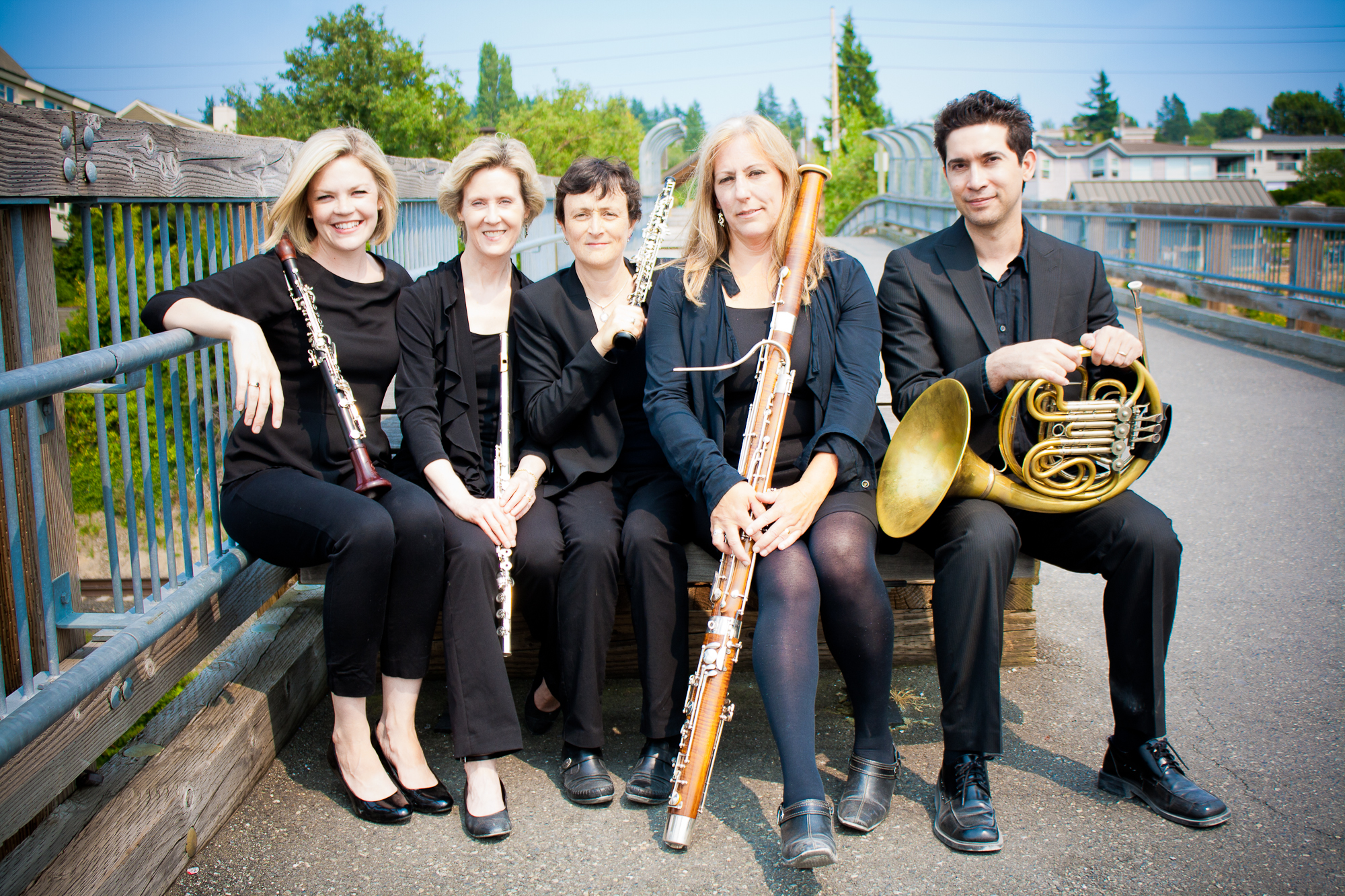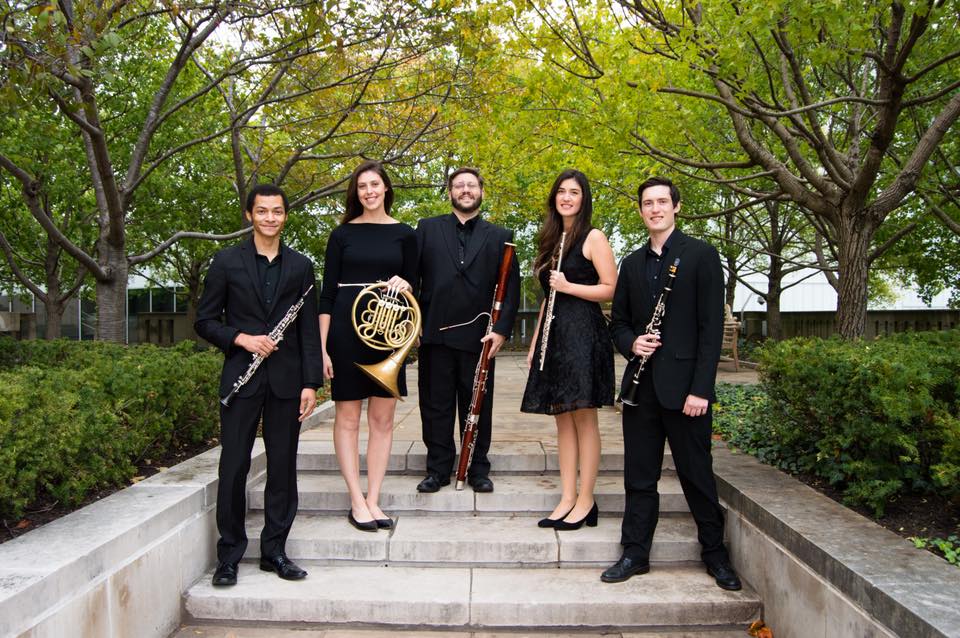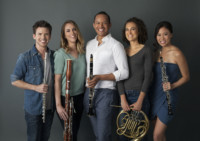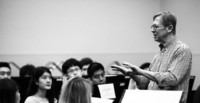Elisa Moles’ thesis on David’s third Quintet for Winds focuses specifically on his use of Bach chorales. Her thorough analysis of the quintet displays David’s use of chorales as an integral part of the composition. Through her research, she explains David’s incorporation of thematic, harmonic, and formal chorale elements as a catalyst for his original composition, using the old form to create something entirely new.
Introduction:
Numbering over eighty works, the wind music of American composer David Maslanka has become increasingly popular over the last thirty years. His Quintet for Winds No. 3 for Flute, Oboe, Clarinet, Horn, and Bassoon (1999) is a remarkable piece that has not been previously researched in depth. What drew me to investigate this piece was Maslanka’s interesting referencing of the melody and text of Johann Sebastian Bach’s chorales. A defining feature of this woodwind quintet, Maslanka incorporates Bach chorales as major melodic, harmonic, and structural aspects of the work. The reference to the original text of each chorale also provides extra-musical meaning to the piece. In addition to analyzing the use of the Bach chorales in this quintet, I intend to offer some suggestions for performing. Before discussing these matters, however, it will be necessary to provide some historical background. The compositional technique of borrowing raises several issues that, upon further investigation, will yield a clearer understanding of the piece to the performers. The three main issues are: 1) the use and history of borrowing 2) the history of the woodwind quintet and 3) the relationship of Maslanka’s wind ensemble music to this woodwind quintet.
In recent years, Maslanka has been known for incorporating Bach chorales into his wind music,1 and his pieces have a distinctive sound. While his style of using the Bach chorales is often thought to be unique, research shows that his use of the borrowing technique is not. Historically, borrowing is not new because composers have practiced the process since before the twelfth century. Placing Maslanka’s style within the broader context of the field of borrowing will lend a better understanding of how his borrowing techniques function in this quintet.
In using Bach chorales as integral melodic structures, Maslanka generates the interesting juxtaposition of a woodwind quintet playing music from a time period, Baroque, in which the ensemble did not yet exist. Providing a brief history of the emergence of the woodwind quintet genre will prove the truth of this statement and also further explain Maslanka’s style of borrowing by joining older and newer music.
Since borrowing Bach chorales is not exclusive to this quintet, it is important to examine how Maslanka incorporates them into his other wind pieces, specifically looking at his Symphony No. 5 and Unending Stream of Life for wind ensemble, as examples. This study will increase understanding of the significance of Maslanka’s use of Bach chorales and general compositional process, which includes a technique called “active imagining.”
The three ideas of borrowing, the history of the woodwind quintet, and wind ensemble music are all related and connected to Quintet No. 3, but each is also a distinct and substantial topic in its own right. The intention of this study, however, is not to provide a thorough and complete examination of these three topics, but rather to supply an introduction to each. This introduction will then allow the reader to more completely understand the analysis and performance suggestions that are the main point of this paper. Overall, presenting these historical and analytical insights will result in a better understanding of the piece, which will facilitate a more effective performance.




